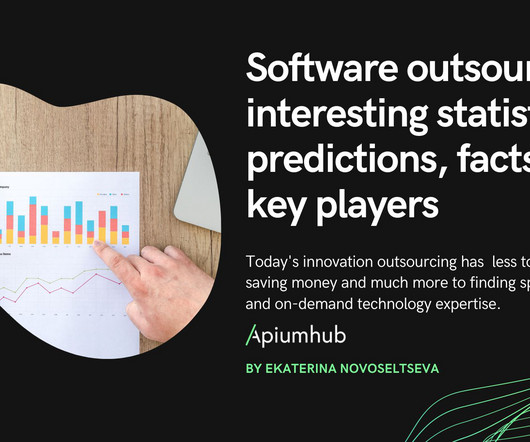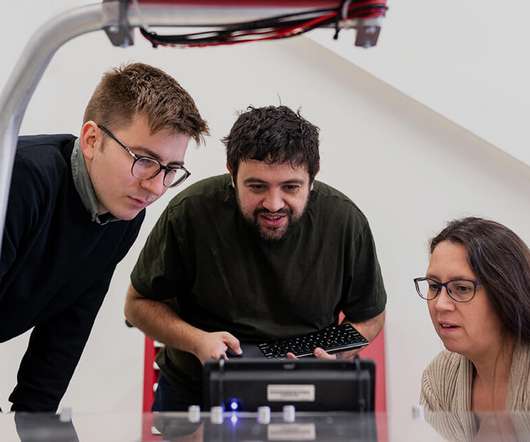Building a Media Understanding Platform for ML Innovations
Netflix Tech
MARCH 14, 2023
Specifically, we will dive into the architecture that powers search capabilities for studio applications at Netflix. We discuss specific problems that we have solved using Machine Learning (ML) algorithms, review different pain points that we addressed, and provide a technical overview of our new platform.
















Let's personalize your content